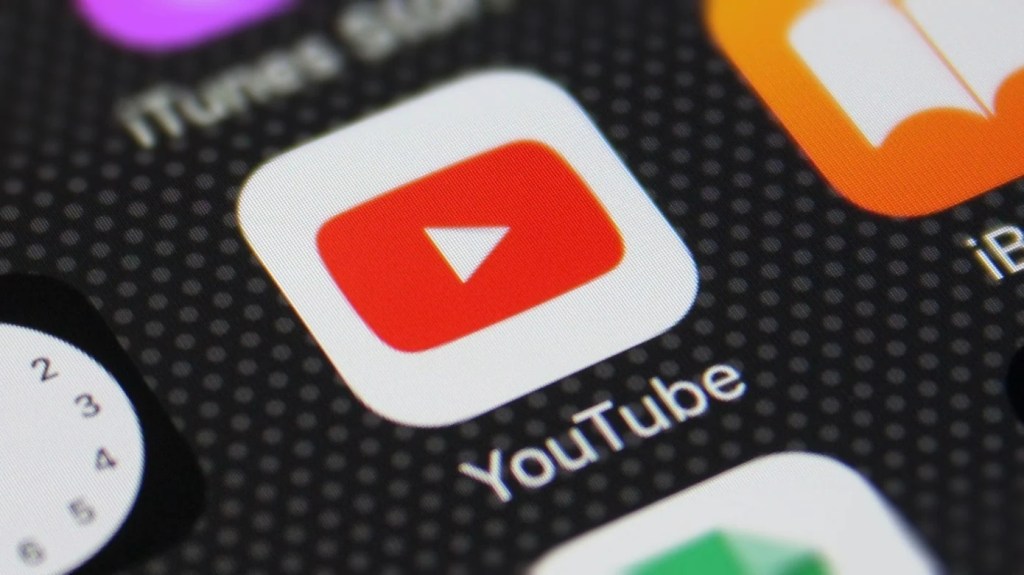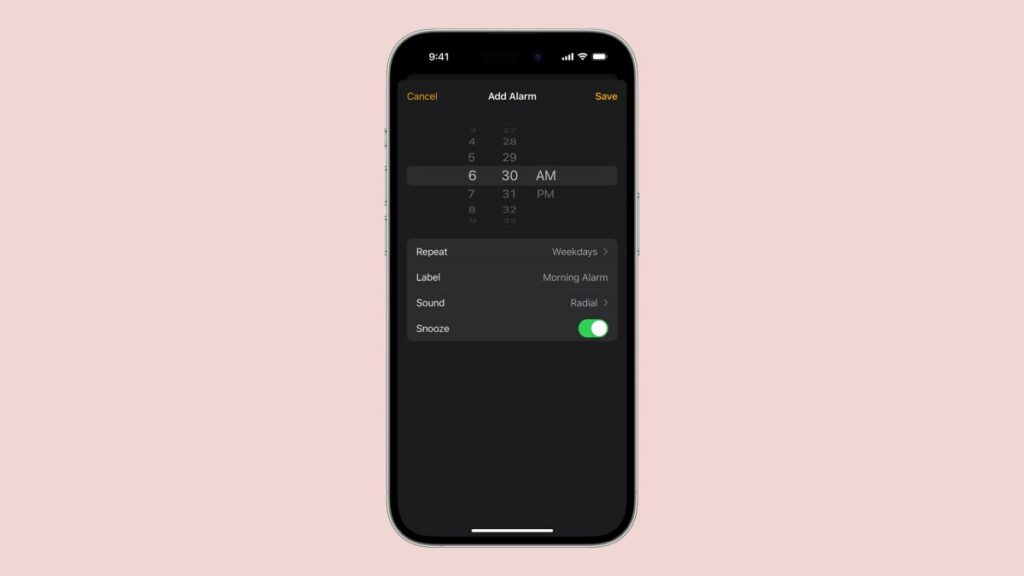YouTube is rolling out new AI-powered features to help users find content and information more easily, the company announced on Thursday. The platform is launching an AI-powered search results carousel similar to Google’s AI Overviews and is also testing conversational AI with more users.
The new AI-powered search results carousel, available only to YouTube Premium users in the United States, will suggest videos and display brief AI-generated topic descriptions to help users find what they’re looking for faster.
YouTube says the AI-powered search results carousel will appear in searches related to shopping, places, or things to do at a specific place. For example, if you search for something like “best beaches in Hawaii,” you’ll see an AI-generated carousel highlighting clips from videos showcasing the best snorkel spots and volcanic beaches, alongside descriptions and more videos to help you plan your vacation.

The new feature is pretty similar to Google’s AI Overviews, the tool that provides AI-generated summaries of search results at the top of the Google Search results page. While the AI-powered search results carousel will ease discovery for users, it could be an unwelcome change for creators, as they rely on engagement to earn revenue on the platform.
For instance, if a person is able to get the information they need directly from the AI-powered search results carousel, they may not feel the need to click into the video.
The launch of the AI-powered search results carousel comes two weeks after a Wall Street Journal report revealed that Google’s AI Overviews and other AI-powered tools are devastating traffic for news publishers. YouTube creators may be concerned that the new carousel feature could reduce engagement with their videos, just like how AI Overviews on Google Search have led to fewer referrals to news sites.
As for YouTube’s conversational AI tool, the Google-owned platform announced that it’s making it available to some non-Premium users. First launched in late 2023, the conversational tool uses AI to help user gets more information, content recommendations, and summaries of videos. It can also be used to quiz yourself on key concepts in academic videos.

At launch, YouTube explained that the tool’s responses are generated by large language models that draw on information from YouTube and the web. The responses are designed to help viewers dive deeper into the content they’re watching.
For example, if you’re watching a roller skate dance tutorial, the conversational AI tool will ask if you want it to “summarize the video” or “recommend related content.” You can also ask your own questions, like “What’s the song in this video?” and the tool will provide details such as the song title, artist, genre, and more.


